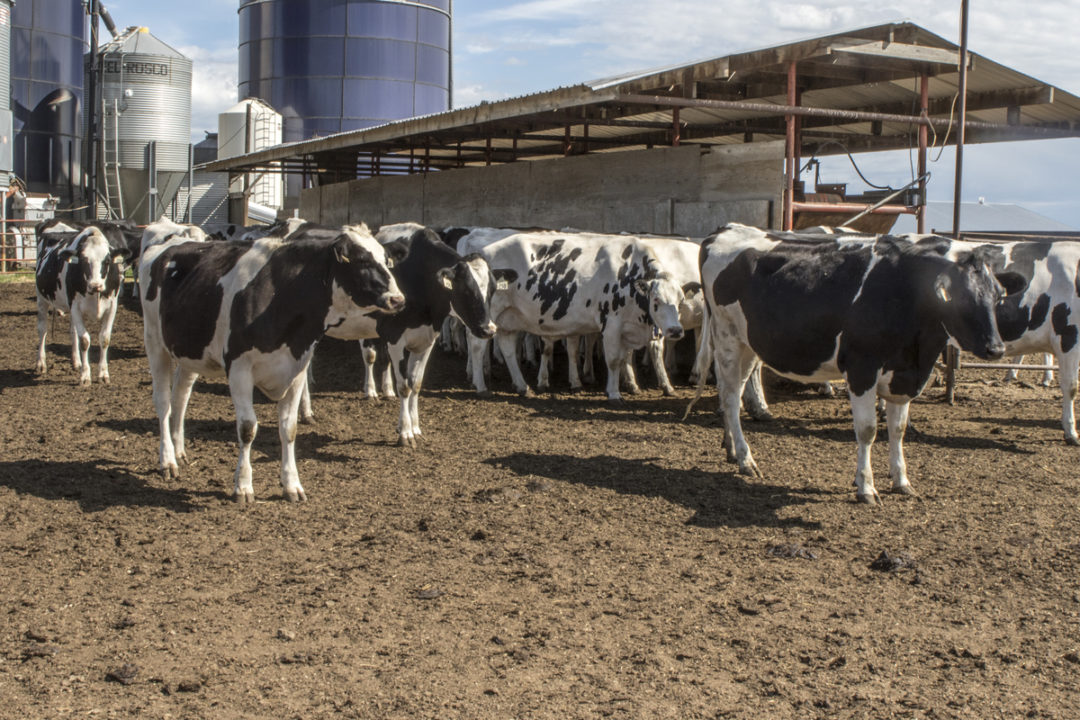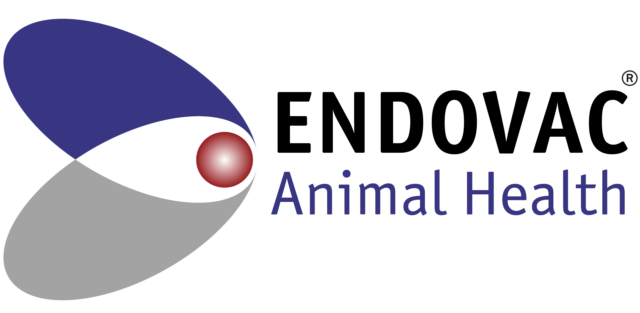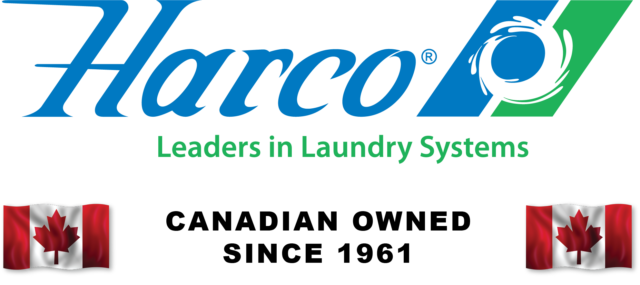As expenses increase for dairy producers, cutting running costs without sacrificing profit or animal welfare is becoming more important than ever before. With assistance from their veterinarians, some producers are looking to reduce their costs with selective dry cow therapy. The dry period is a crucial phase in the lactation cycle as it allows the cow time to rest, rebuild immunity and restore body condition. However, selective dry cow therapy is a management strategy that is not for everyone. The purpose of this article is to review what selective dry cow therapy is and for you to consider if your herd is eligible, and within the herd, determine which cows are the right cows.
What is selective dry cow therapy?
Selective dry cow therapy is a strategy used on farms to treat only cows with a mammary infection, or those susceptible to an infection, with antibiotics at dry-off. This is a more judicious use of antibiotics without compromising cow health and milk quality. Blanketed dry cow treatment treats each cow at dry-off regardless if an infection is present or not. The dry period allows the cow time to recover from an infection before the next lactation.
How do I know if I have the right herd and if so, which cows?
1. SCC is below 250,000
Somatic cell count (SCC) is a measure of the number of somatic cells in milk. This is an indicator used for measuring the likelihood a cow is infected or has had a previous infection. The herd average SCC should be under 250,000 before considering a selective dry cow therapy, as this would indicate that mastitis cases are at a manageable level. The University of Minnesota offers algorithm-guided criteria to help producers identify groups of eligible cows. We recommend you follow this guide when discussing this with your herd veterinarian.
2. Contagious pathogens are contained
Many contagious mastitis pathogens found at farms exist at a subclinical level. Subclinical mastitis cases are those where clinical signs of illness do not show up, meaning it can be challenging to know which cows are sick. Culturing the bulk tank monthly is a good practice to determine the pathogens that exist among the herd. Treatment at dry-off is one of the most effective times to treat subclinical cases. This is a management tool to reduce the risk of cows returning to the next lactation with issues or spreading it to herdmates.
3. Exceptional recordkeeping
While keeping accurate records is important in all sectors of farm management, it is especially important in selecting which cows to treat at dry-off. We need accurate SCC records, culture results and record of previous mastitis cases to select whether to treat or not. It is also important in evaluating if the program is working on your farm. Tracking whether a cow was treated or not at dry off and if she had mastitis (clinical or subclinical) at calving is vital to evaluate the success of the program implemented on your farm.
4. Culturing and vaccinations
Culturing animals on farm or at a nearby laboratory is a part of the judicious selection of cows eligible for antibiotic treatment at dry-off. Tailoring a mastitis treatment and vaccination protocol to the pathogens that influence both clinical and subclinical mastitis will play a role in achieving your udder health and cow health goals. Discuss with your herd veterinarian which vaccines are available and would be beneficial to your herd.
5. Dry cow housing
Dry cow housing is frequently lowest on the priority list and neglected. It is important when choosing not to blanket treat all dry cows with antibiotics that their housing be clean, dry and comfortable. We want to avoid cows being stressed and exposed to environmental mastitis pathogens during the dry period when they are working to build immunity and recover before entering the next lactation. Heat abatement is as important for dry cows as it is for milking cows. Remember, heat stress reduces the ability of the immune system to work as optimally, and heat-stressed dry cows are at higher risk of health issues during the transition cow period. Heat stress can reduce dry matter intake (DMI), leading to metabolic issues at calving and even down cows. These animals will then end up with more infections, including udder health infections.
6. Teat sealant
It is important to protect the animals that do not receive antibiotics at dry-off. This will be the cows’ line of defense against exposure to environmental pathogens during the dry period beyond their own immune system and the forming of natural keratin plugs. Proper technique for infusing teat sealant is critical. The product must remain sterile within the teat canal. Be sure to follow the manufacturer’s instructions.
Conclusion
Selective dry cow therapy can be a viable option for many dairies and a great alternative to blanketed use of antibiotics in dry cow programs. Success with a selective dry cow therapy can lead to benefits for dairy producers. Not only can producers potentially reduce their costs by depending less on antibiotics and better manage the health of their herd with culturing, but consumers also appreciate the judicious use of antibiotics in the production of the dairy foods they love.







